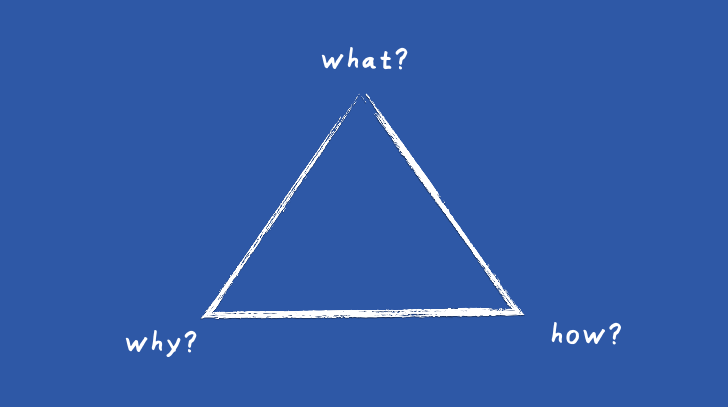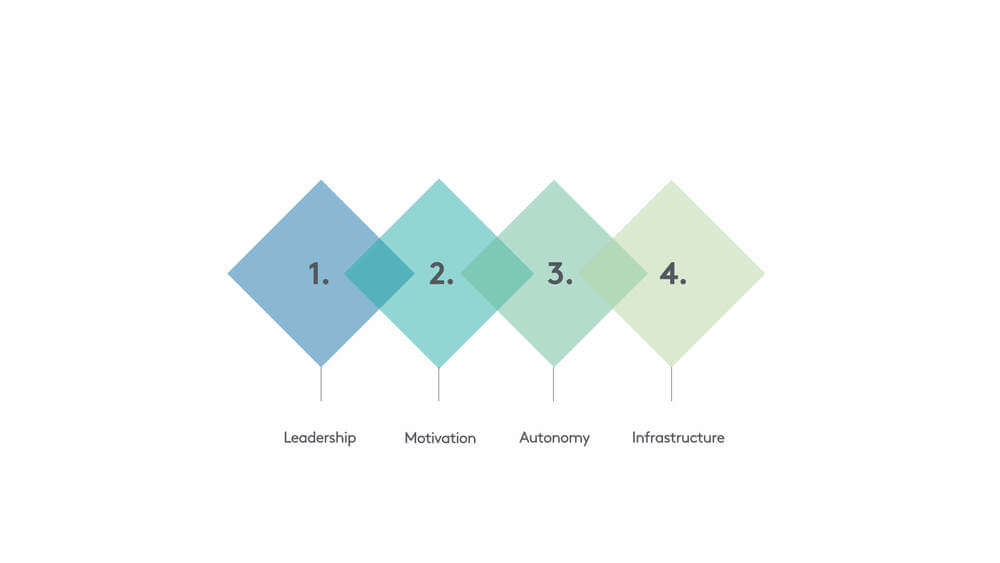Why mobile health apps alone aren’t the answer to the public health crisis – and what we can do about it.
I dread going to the doctor. In fact, I’m not registered with a GP. Before I even tried to, I knew signing up at my local surgery would be a painful experience. I know the NHS is not “well designed” or beautiful, and has few of the pleasing experiential qualities that I can find in an iPhone app.
This is coming from the point of view of a reasonably young and healthy product designer working in the tech industry. It’s easy for me to say that design and technology could improve the experience of visiting a doctor, but I can also see the immense value our NHS has to this country and the people who have come to rely on it. The NHS has always been there for me when I needed it in the past and I wholeheartedly support it.
Despite this, mobile health apps and services command a lot of attention today. “mHealth” apps (as the cool kids call them) are a booming economy – there are over 165,000 of them. They’re incredibly convenient and provide a quality of user experience we’d never associate with public healthcare, and especially not the NHS.
Convenience and user experience aren’t the only benefits of this boom – greater accessibility to care is another big advantage. The rapid increase in smartphone adoption means that people in more rural and lower-income parts of the country can now have access to mHealth services too. That’s also important because in much of the developed world our populations are ageing, and more people are living in a manner that can’t last forever: juggling long working hours with childcare, combining poor diet with drinking too much and a lack of exercise.
The NHS is shouldering the burden of society’s lifestyle choices just as funding is being cut and working hours for healthcare professionals are being stretched faster than you can say Jeremy Hunt. Reports tell us that the NHS is beyond capacity. So between a growing need for healthcare and an overstretched NHS sits a time-bomb that needs defusing. Shouldn’t it be brilliant that all these health apps are available to take up some of the strain?
If only it were that simple.
The clear upside to mHealth apps is that they are making people more proactive about their health. Previously, patients like me might have waited until they had three serious illnesses or their leg was falling off before visiting a doctor. There was never a recognised need to see your GP when you were feeling fine.
But smartphones make it easy for patients to collect data about their health automatically and in the background. An iPhone can count your steps, and with help it can detect your heart-rate, measure blood pressure, and one day soon predict epileptic seizures.
Yesterday, Apple launched CareKit, ‘an open source software framework enabling developers to build apps that help you manage your medical conditions’. This extends the functionality of HealthKit, a health data store, to make it easier to share this data with other caregivers. Apple’s intention is to make it even easier for developers to incorporate health data into apps, and we can expect to see another sharp rise in the number of developers entering into this market soon.
So for the first time in history, we have digital technology that empowers patients over doctors. The mobile model makes it more convenient to manage our health from home and on the go than to visit the GP. In this idealised model the patient doesn’t have to act unless there are warning signs in the data. mHealth promises to be patient-centric, which is a very good thing indeed.
The problem of efficacy
So more apps should mean more healthy – right?
Sadly not. Out of tens of thousands of mobile health apps and services, only a handful are proven to be based on validated research – and mental health and mindfulness apps are especially controversial.
Although that sector includes some of the most visually compelling apps in the market, researchers found that of 700 mindfulness apps available, only 23 are providing any mindfulness training and only one is based on empirical evidence.
This suggests that the effectiveness of mHealth services rests on a tug of war between clinical efficacy and engaging user experience.
At one end of the rope, commercial app developers are experts in creating engaging digital experiences and are quick to get them in user's hands. At the other end, health providers are experts in medicine, but are slow and inexperienced in bringing digital products to fruition in user-friendly ways.
Which means that in order to be successful, clinicians and entrepreneurs need to put down the rope and figure out how to work together.
Indeed, there may be no greater contrast in culture than between startups and health providers. It takes startups a few months to get a digital product up and running, but the NHS needs 17 years to take new treatments from ‘bench to bedside’. They manage risk differently too: randomised control trials are the norm for health providers, but startups prefer to learn on the fly from real-time data.
Overcoming these barriers will bring mHealth one step closer to delivering both meaningful and efficacious care.
The problem of humanisation
A further approach to ensuring the efficacy of mHealth apps could be to connect patients directly with their primary caregivers. The technology industry is experienced in connecting people together in meaningful ways. App developers could leverage this experience to connect patients with the the right clinicians in a way that is convenient to their lifestyle.
However, human services are a lot more expensive than purely digital ones. Human-centric services create a cost barrier, so if we are going to offer alternative services to the NHS (which is ostensibly human and free) they will have to be incredibly meaningful and compelling to attract users.
This also points to the danger that mHealth “dehumanises” users – effectively, treating individuals as blocks of data - in an effort to keep costs down and the barrier of entry low, making care less effective than it could be.
In one trial conducted this year, for instance, an app for treating Post Traumatic Stress Disorder was tested on two groups of US war veterans. One group were given access to the app with the support of primary caregivers, and the other was given the app only. Seven out of the 10 veterans with human support showed improvements, compared to only three who managed their own condition. This suggests that mHealth needs to be re-humanised by combining it with in-person care.
Nevertheless, the trend towards dehumanised mHealth experiences is clear. NICE now endorses the use of CCBT, meaning ‘Computerised Cognitive Behavioural Therapy’, where no human therapists are involved in patient care. Furthermore, this technology has been readily adopted by the NHS for treating depression and anxiety, and private mHealth services are following suit.
Your.MD is an mHealth service that is not scared to peel back its flesh-like silicone skin and expose the shiny robotic artificial intelligence that lies underneath its surface. Your.MD boldly refers to itself as the world’s first AI Health Assistant, investigating human symptoms and replying with automatic diagnosis. Another private health service, Babylon is planning to make a move away from providing remote advice from human clinicians towards full-blown bot-assisted care.
Real benefits and real costs
What’s the real cost if our technology industry continues to get this wrong? One in four people in the UK will deal with mental health issues in their lives: of those, how many will try mobile mental health apps that have no grounding in research? And what’s the cost to the NHS if each patient’s condition worsens, instead of getting better? It could be that those 165,000 mHealth apps are adding more burden to the system, instead of relieving it.
If it is true that apps combined with human services is a better model than digital only, maybe our own agency model – working in the standard formation of designers, technologists and strategists alone – needs to adapt.
Could we work with embedded clinicians to expand our cross-functional team’s knowledge and skill into the healthcare vertical? Or perhaps we as designers and technologists could embed in a medical clinic. One such project, the Helix Centre at St Mary’s Hospital in London, already exists and is doing interesting things between teams of designers and clinicians.
Our challenge is not just to bring the knowledge and skill of primary caregivers closer to the product, but to make these people more central to the design and continuous-innovation process itself.
What should we do about it?
From the point of view of an NHS patient and a designer working in technology, I can see changes coming to the way that we interact with healthcare services in the future. As a patient, I hope that my NHS experience of the past can live on – getting access to the care I need, when I need it, and from people I trust. As a designer, I encourage everyone from the tech industry who reads this post to think carefully about how we help solve such a complex problem – and to get in touch, I’d love to hear your thoughts on this.
We may have the tools to create the next evolution in mHealth services, but we also have the responsibility to contribute solutions to our national health crisis. Not just as designers or technologists, but as human beings and beneficiaries of the system too.
Illustrations by Sam Walker





